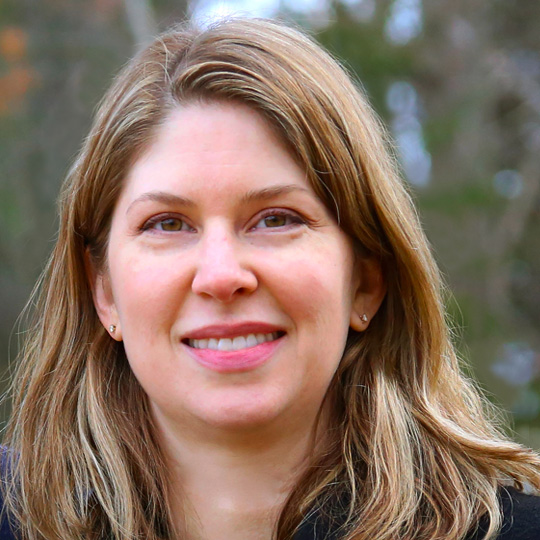A new brand of influencer is helping companies market their products and services to the right customers, but many companies aren’t using influencers to their fullest potential, according to a recent AdvertisingAge article.
Influencers introduce consumers to new brands and build enthusiasm for products and services. The practice has long roots—Mark Twain, for instance, endorsed Paul E. Wirt fountain pens in a 1904 ad.1 Current examples include Roger Federer promoting Rolex and Julia Roberts promoting Lancôme.
Understanding which blogs people frequent, which social media apps they prefer, and where they shop online can heavily influence the types of spokespeople a company uses to reach them.
The advent of social media has expanded the definition of influencer to include Facebook and Instagram stars, as well as bloggers and podcasters with significant followings. And companies are increasingly looking to harness this power. A December 2016 survey by Linqia2 found that 48 percent of marketers plan to increase their influencer marketing budgets in 2017; only 4 percent said they would cut such spending.
But in the rush to capitalize on influencer marketing, many companies are missing the mark, according to the AdvertisingAge article “Why Influencer Marketing Needs to Grow Up.” In the article, author Wendy Marx argues that companies underutilize influencer marketing because they aren’t using it strategically. She says this kind of marketing is most powerful when leveraged throughout the customer journey instead of in one-off promotions.
SAP, a prominent name in enterprise software, uses influencer marketing strategically, Marx says:
SAP’s Audience Marketing team partners with influential authors, academics and business consultants to provide compelling content for multiple lines of business. The influencers attend SAP’s largest user conference, where they have the opportunity to meet with company executives. While there, SAP live-streams interviews with them, promoting the interviews on its various lines-of-business Facebook pages. The result? Influencers generate 17% of the online conversation around SAP events.
To expand the reach of influencer marketing, companies should pay closer attention to alignment, the article says.
It begins with understanding the customers’ journey and aligning influencers with each stage. It’s determining who your customers are listening to, and where, so you can identify influencers who resonate with them. Only in that way will influencer marketing truly grow up.
These days, the quest to understand where customers are is two-tiered. The first tier is traditional: Companies strive to understand how customers’ physical locations correspond to their behavior and preferences. For instance, consumers in Phoenix might respond positively to an influencer, while those in Fort Lauderdale react negatively.
The second tier of “where” is critical in this connected age, and often more important than knowing geographic location: Marketers need to know where customers are in the digital realm. Understanding which blogs they frequent, which social media apps they prefer, and where they shop online can heavily influence the types of spokespeople a company uses to reach them.
A December 2016 survey by Linqia2 found that 48 percent of marketers plan to increase their influencer marketing budgets in 2017; only 4 percent said they would cut such spending.
This brand of matchmaking between influencer and audience often involves psychographic analysis—a branch of demographics that explains customers’ motivations, beliefs, and habits. A sophisticated geographic information system (GIS) reveals those attributes, helping companies understand, for example, whether their target customers are more apt to encounter a message on Instagram, Snapchat, or a blog.
“By adding psychographic data into the mix,” Doug Knepper of analytics firm ADmantX wrote last year, “marketers can gain a far deeper understanding of an individual’s unique attitude, lifestyle, and interests, which can then be combined with demographic data for specific, highly granular targeting.”
With a clearer understanding of where customers are and where they spend their time online, companies can develop a holistic plan to leverage the power of influencers. Only then will they be ready to embrace this advice offered in the AdvertisingAge article: “to reverse the traditional approach of influencer marketing, begin with the customer, not the influencer.”
References
- Twain Quotes, http://www.twainquotes.com/FountainPens.html
- “Marketers to Boost Influencer Budgets in 2017,” https://www.emarketer.com/Article/Marketers-Boost-Influencer-Budgets-2017/1014845











